Among the following, the optically inactive compound is
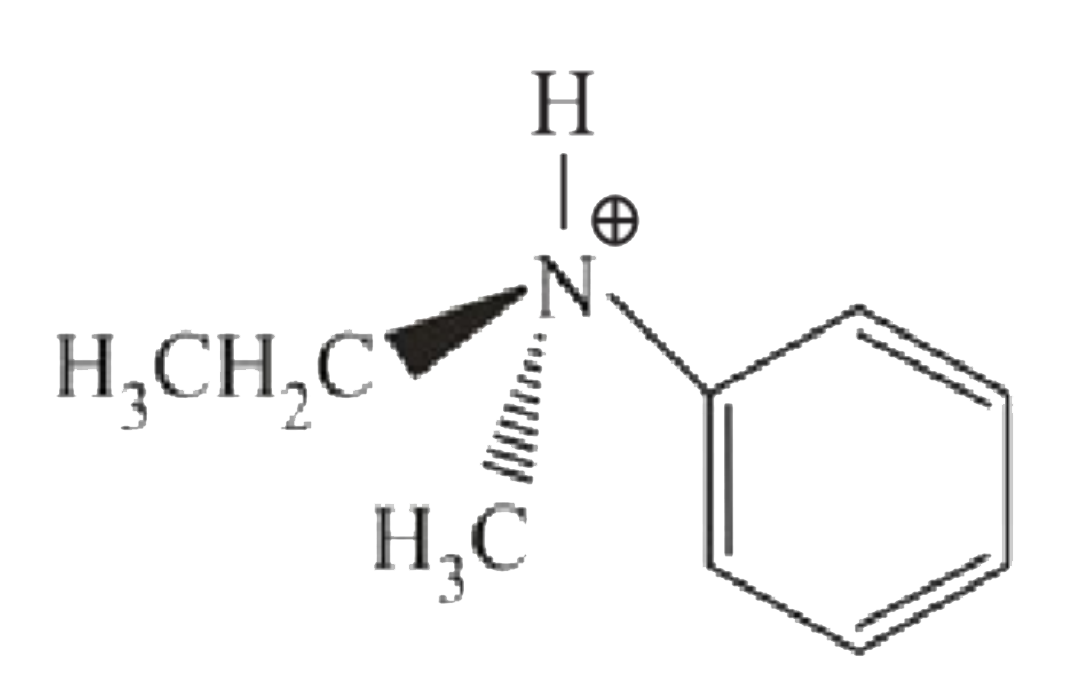
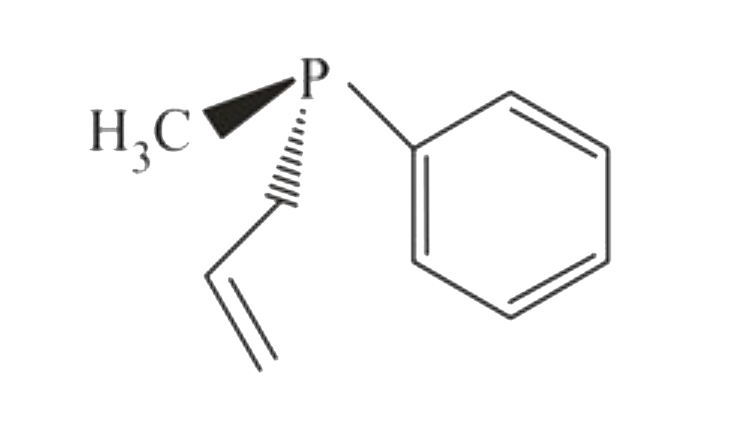
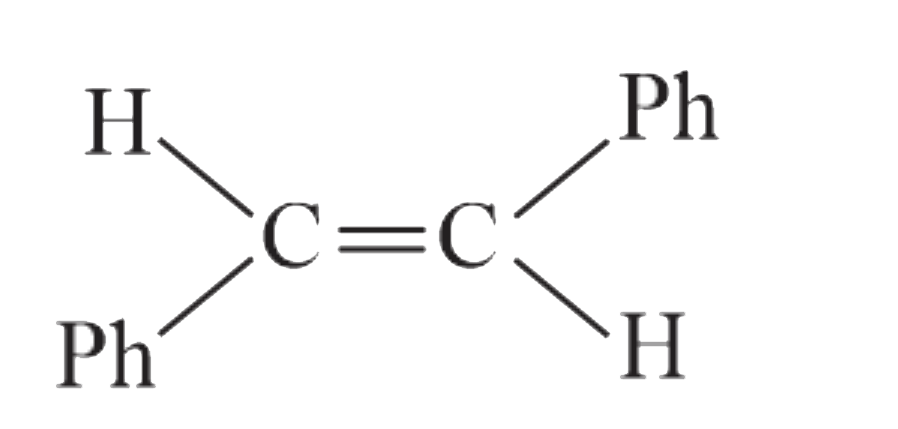
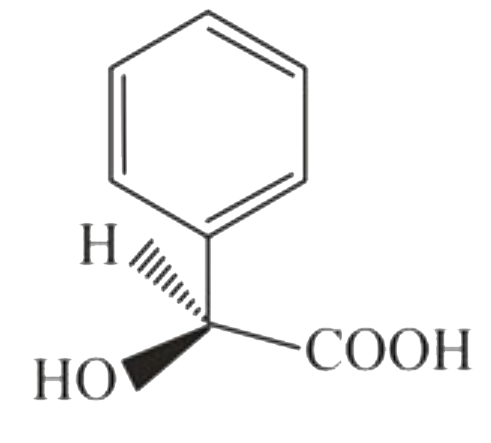
The correct Answer is:C
To determine which of the given compounds is optically inactive, we need to understand the concept of chirality and optical activity.
1. Understanding Optical Activity:
- Optical activity refers to the ability of a compound to rotate the plane of polarized light. A compound is said to be optically active if it can rotate polarized light, while it is optically inactive if it does not affect the plane of polarized light.
2. Chirality:
- A compound is chiral if it has a non-superimposable mirror image. This typically occurs when a carbon atom is bonded to four different groups (asymmetrical). If a compound has a plane of symmetry or is superimposable on its mirror image, it is considered achiral and thus optically inactive.
3. Analyzing the Compounds:
- Compound 1: A quaternary ammonium salt with four different groups attached to the nitrogen atom. This compound is chiral and optically active.
- Compound 2: A phosphorus compound with three different groups and a lone pair. The lone pair creates asymmetry, making this compound chiral and optically active.
- Compound 3: A carbon atom bonded to two identical groups and one different group. Since it has a plane of symmetry (the two identical groups), this compound is achiral and optically inactive.
- Compound 4: A carbon atom bonded to four different groups. This compound is chiral and optically active.
4. Conclusion:
- Among the compounds analyzed, Compound 3 is the only optically inactive compound because it has a plane of symmetry and is not chiral.
Final Answer:
The optically inactive compound is Compound 3.
- Optical activity refers to the ability of a compound to rotate the plane of polarized light. A compound is said to be optically active if it can rotate polarized light, while it is optically inactive if it does not affect the plane of polarized light.
- A compound is chiral if it has a non-superimposable mirror image. This typically occurs when a carbon atom is bonded to four different groups (asymmetrical). If a compound has a plane of symmetry or is superimposable on its mirror image, it is considered achiral and thus optically inactive.
- Compound 1: A quaternary ammonium salt with four different groups attached to the nitrogen atom. This compound is chiral and optically active.
- Compound 2: A phosphorus compound with three different groups and a lone pair. The lone pair creates asymmetry, making this compound chiral and optically active.
- Compound 3: A carbon atom bonded to two identical groups and one different group. Since it has a plane of symmetry (the two identical groups), this compound is achiral and optically inactive.
- Compound 4: A carbon atom bonded to four different groups. This compound is chiral and optically active.
- Among the compounds analyzed, Compound 3 is the only optically inactive compound because it has a plane of symmetry and is not chiral.
The optically inactive compound is Compound 3.
Similar Questions
Knowledge Check
Among the following compounds, the most basic compound is :
A B
B C
C D
D
Among the following the electron deficient compound is
View SolutionWhich is optically inactive?
View SolutionAmong the following , the paramagnetic compound is :
View Solution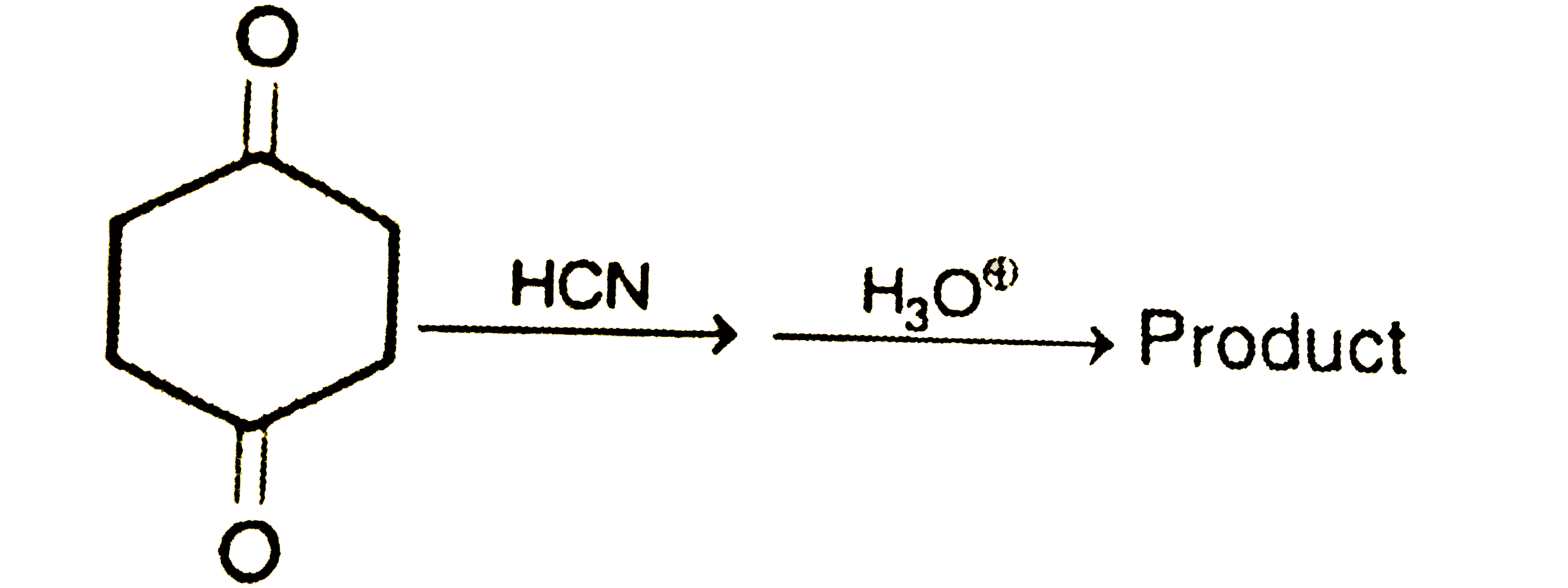
The product of the following reactions is optically inactive and exist in Y diasteromeric forms, report your answer as 10+y
View SolutionWhich of the following gives an optically inactive aldaric acid on oxidation with dilute nitric acid ?
View SolutionAmong the following, the aromatic compound is
View SolutionAmong the following the paramagnetic compound is
View Solution
